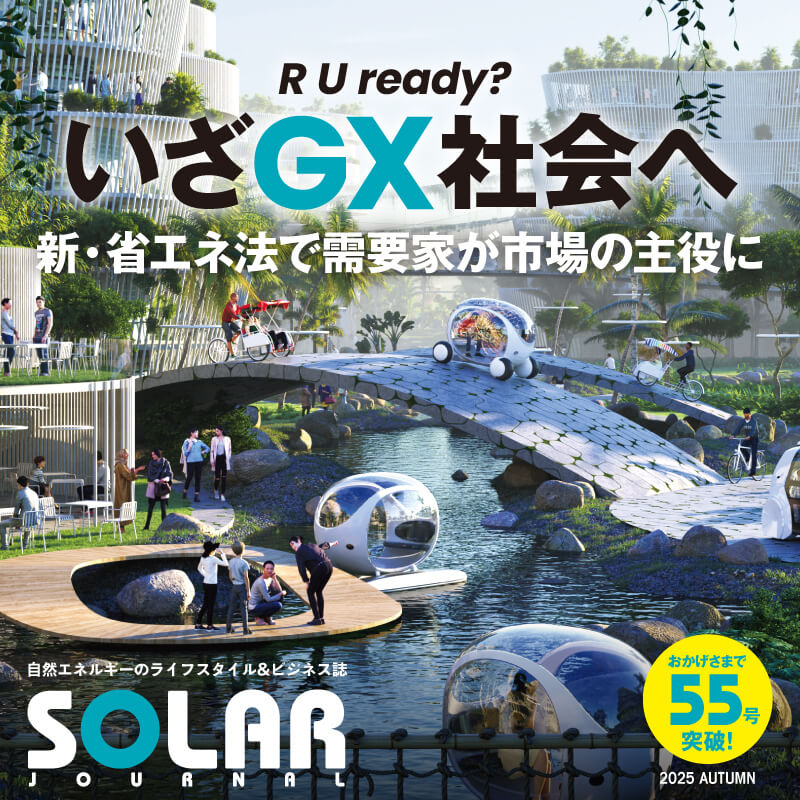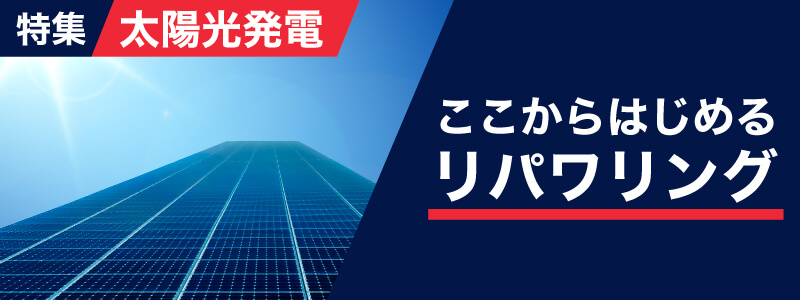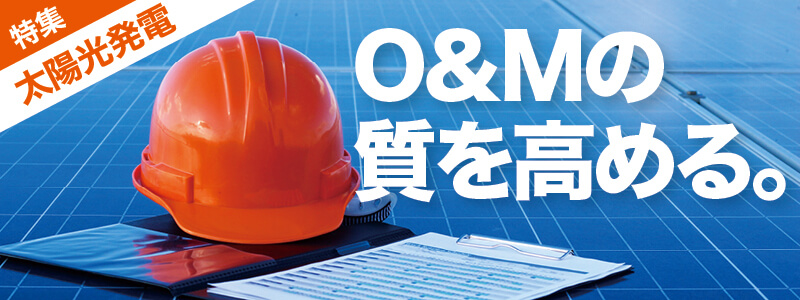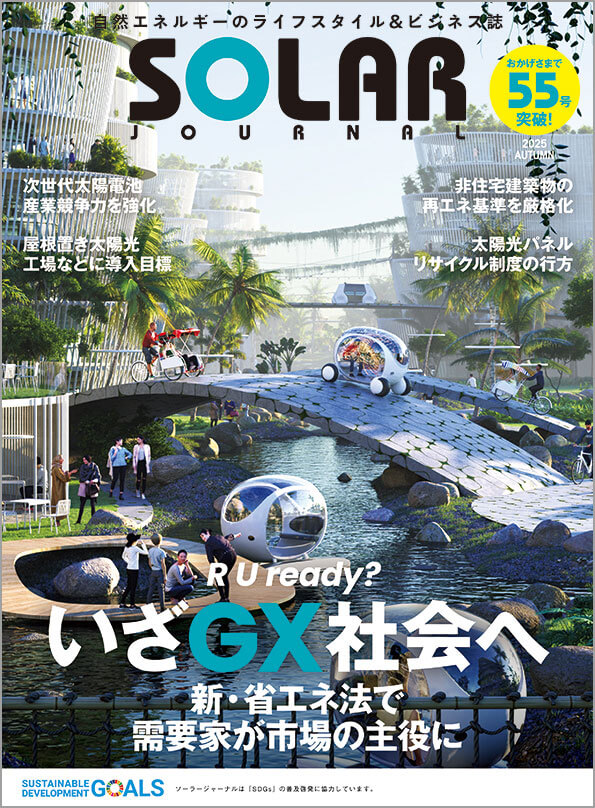Slovakia’s Solar-Powered Ice Cube
2016/09/05
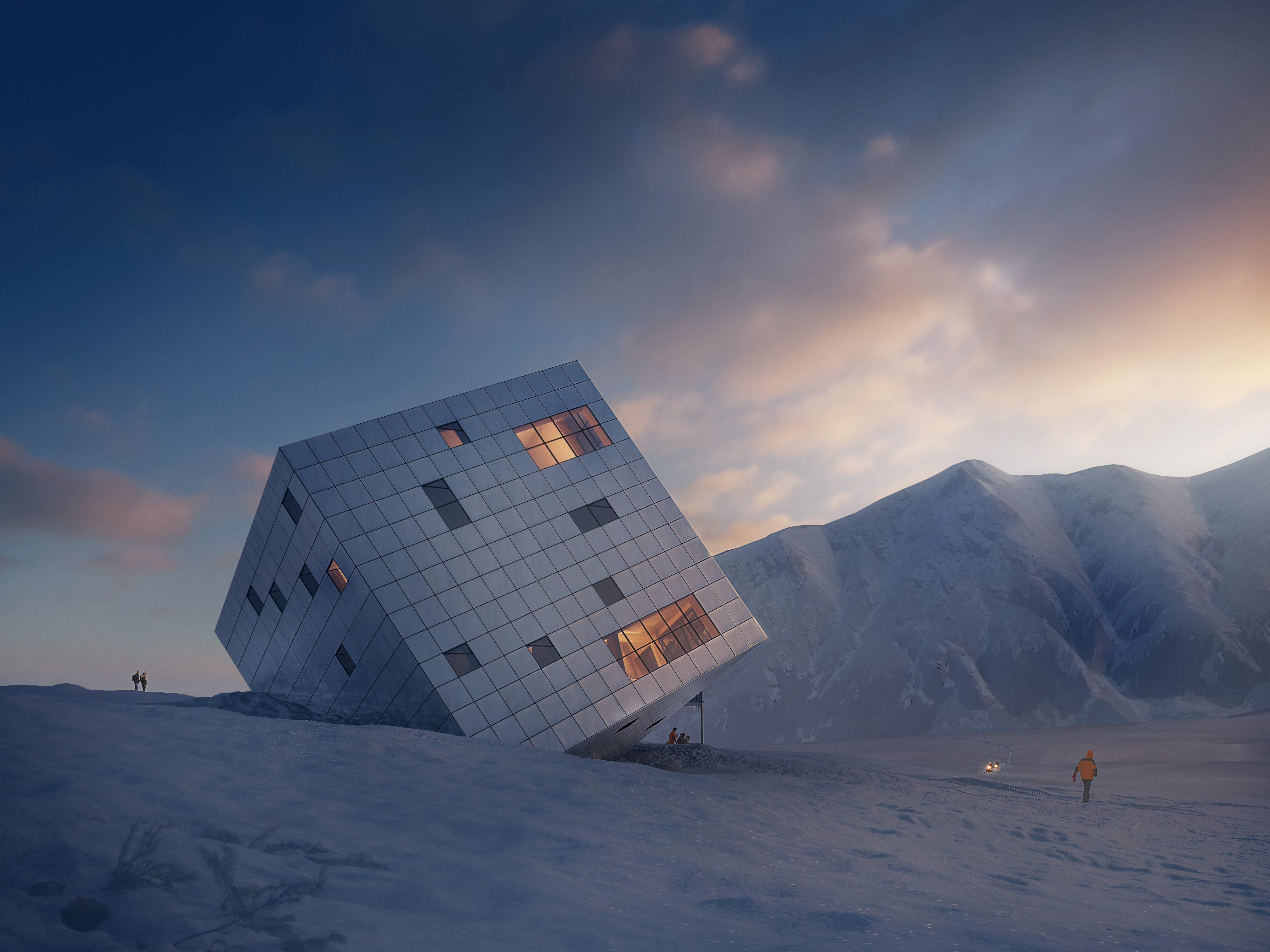
Czech architecture firm Atelier 8000 has designed a mountain retreat that is both aesthetically stunning and ecologically sound. This energy-passive structure utilizes glass and solar panels that reflect its glacial environment.
Solar-powered accommodation in a glacial landscape
The design is a proposal for the Kežmarská Hut international competition—a challenge to produce a sustainable lodge for the High Tatra Mountains in Slovakia. The lodge serves as ecological accommodation for visitors the whole year round. The building comprises five floors and includes storage for ski equipment, two levels dedicated to guest rooms, an attic room for meditation and relaxation, a restaurant and a deck. There is also an exterior patio extending around two sides of the structure, allowing guests to enjoy the mountain air during warmer months.
Undeniably stunning, the cube is constructed so that three sides of the façade are visible from any vantage point, which “amplifies the play of light and shadows—the same effect which can be observed on the neighboring rocks,” says Atelier 8000. “The glass surfaces of windows and photovoltaic panels along with the light transparency of the metal plating complete the whole picture of the site with a touch of glimmer—just like the glints and reflections which can be observed on the surface of a mountain lake or on thawing ice.”
However, the deliberate positioning of the geometric structure serves not only to reflect its immediate environment, but also to maximize solar energy production. The sections of the façade with solar panels look out towards the south and east, and are oriented to face the sun rays directly. Solar energy is efficiently utilized by the photovoltaic panels, thermal solar collectors, and through the window glazing.
An energy-passive structure
Hot water for heating is provided by 69 m² of thermal solar collectors. Energy is also generated in a cogeneration unit located on the underground level. Low thermal losses mean that the hut’s heating is ensured by the air distribution systems. Fresh, circulating air is heated by an air handling unit which boasts a minimum heat recovery of 85%. The thermal energy is accumulated in heated water tanks with a total capacity of 4 m³. The hut also features 128 m² of 15 kWe photovoltaic panels for power generation.
In the event of low solar activity, electric power could be produced by the cogeneration unit which combusts rape oil (at a consumption rate of 500 liters per year) and has the electric capacity of 15 kWe and the thermal performance of 28 kWe. The structure incorporates a sophisticated regulation system to manage the optimum efficiency of individual devices based on collected data including climate information and forecasts, the occupancy rate of the building and data from consumption meters and temperature sensors, etc.
Residents and staff would be able to cook up to 300 dishes per day using a combination of gas and electric cookers (the estimated total annual consumption of gas is 20 bottles, assuming a power consumption of 0.3 kW per dish). The anticipated water demand of 4.4 m³ per day would be met by the upgraded existing water mains and supplemented by an external reservoir tank installed in the basement with a capacity of 15 m³. Waste water will be drained to a treatment plant at an estimated volume of 1500 m³ per year.
Solar energy fused with cutting-edge design
The Kežmarská Hut combines passive solar technology with striking, modern design—resulting in a structure that is energetically selfsufficient and environmentally congruent. The positioning of the hut “evokes an erratic block left behind by the retreating glacier,” say the designers. In other words, the structure is alien yet somehow appears to belong where it is. The firm adds that the building gives a feeling of lightness to its observers, promoting well-being. The tilted position of the cube results in diverse and unusual room layouts with angled walls and unorthodox window placement. This stunning and unique project will satisfy the human need for novelty and aesthetics, while retaining ecological integrity—a truly beautiful application of solar energy and design.


 マガジン
マガジン セミナー・勉強会
セミナー・勉強会 オンライン展示会
オンライン展示会



